Quan Thanh ancient village belongs to Khuyen Nong commune (Trieu Son) today. Here there is a temple to worship the village's tutelary god, general Tran Hue - who had the merit of reclaiming and establishing this land.

In the 3rd century, the uprising initiated by the brothers Trieu Quoc Dat and Trieu Thi Trinh took the Nua mountain area as their base. To protect the base, the Trieu brothers ordered their troops to build ramparts along the Hoang River, including part of Quan Thanh village. During the Tran Dynasty, to prepare for a long war against the Yuan-Mongol invaders, the Tran king and mandarins left Thang Long and retreated to Thanh Hoa, building ramparts behind the Hoang River, forming a battle line so that when necessary, they could retreat to the Nua mountain area to preserve their forces. On the ramparts, many thorny bamboos were planted, hence the name "Cheng Gai". In Quan Thanh, there are still traces of the ancient ramparts.
During the Tran Dynasty, when the Champa army attacked Thanh Hoa, the king assigned generals Tran Khat Chan and Tran Hue (later the village tutelary god of Quan Thanh) to guard the Hoang River. Currently, the villages of Quan Nham, Quan Truc, Quan Thanh, Hoa Trieu, and My Thon still have vestiges of Thanh Gai and an area called Dong Thanh. In which, Quan Thanh is a military garrison.
Mr. Nguyen Xuan Dong, 91 years old, the head of Quan Thanh village, said: In the past, Quan Thanh land was wild and had countless wild animals. Quan Thanh people always believed that the village's tutelary god was the brave general Tran Hue. He was originally from Loi Duong, now Tho Xuan district, and followed the famous general Tran Khat Chan to fight in the battlefield. When he arrived in Quan Thanh, he saw that the land here was good and could build a career, so he brought his relatives from Quan Lai, Quan Doi (Tho Xuan) down to reclaim and establish a village with the original name of Xanh village, later changed to Quan Thanh. The word "Quan" implies reminding descendants not to forget their roots and origins. The tutelary god of Quan Thanh village, with his extraordinary intelligence, was not only good at fighting in battles, but also good at guiding people in farming, building a career, and teaching them how to behave, creating the traditional customs of the land along the Hoang River.
When the plan to assassinate Ho Quy Ly in Don Son failed, the famous general Tran Khat Chan was beheaded, his soldiers shared the same fate, including General Tran Hue. Grateful for his work in reclaiming and expanding this land, the people honored him as the village's tutelary god and built a temple to worship him.
Quan Thanh Temple was granted 12 royal decrees by feudal dynasties (from Canh Hung in 1783 to Khai Dinh in 1924). The content of the royal decrees all acknowledged the god's merit in protecting the country and people, his uprightness, his responsiveness and power, and his title as a great king and supreme god. In 2000, Quan Thanh Temple was ranked as a provincial historical and cultural relic. Also in this year, the village mobilized people to contribute to the restoration of the temple to its present state, becoming a place for local people to practice their beliefs. Every January 10, the Quan Thanh village festival is held to commemorate the village's tutelary god.
Engraving
Source: https://baothanhhoa.vn/tren-dat-lang-co-quan-thanh-233307.htm


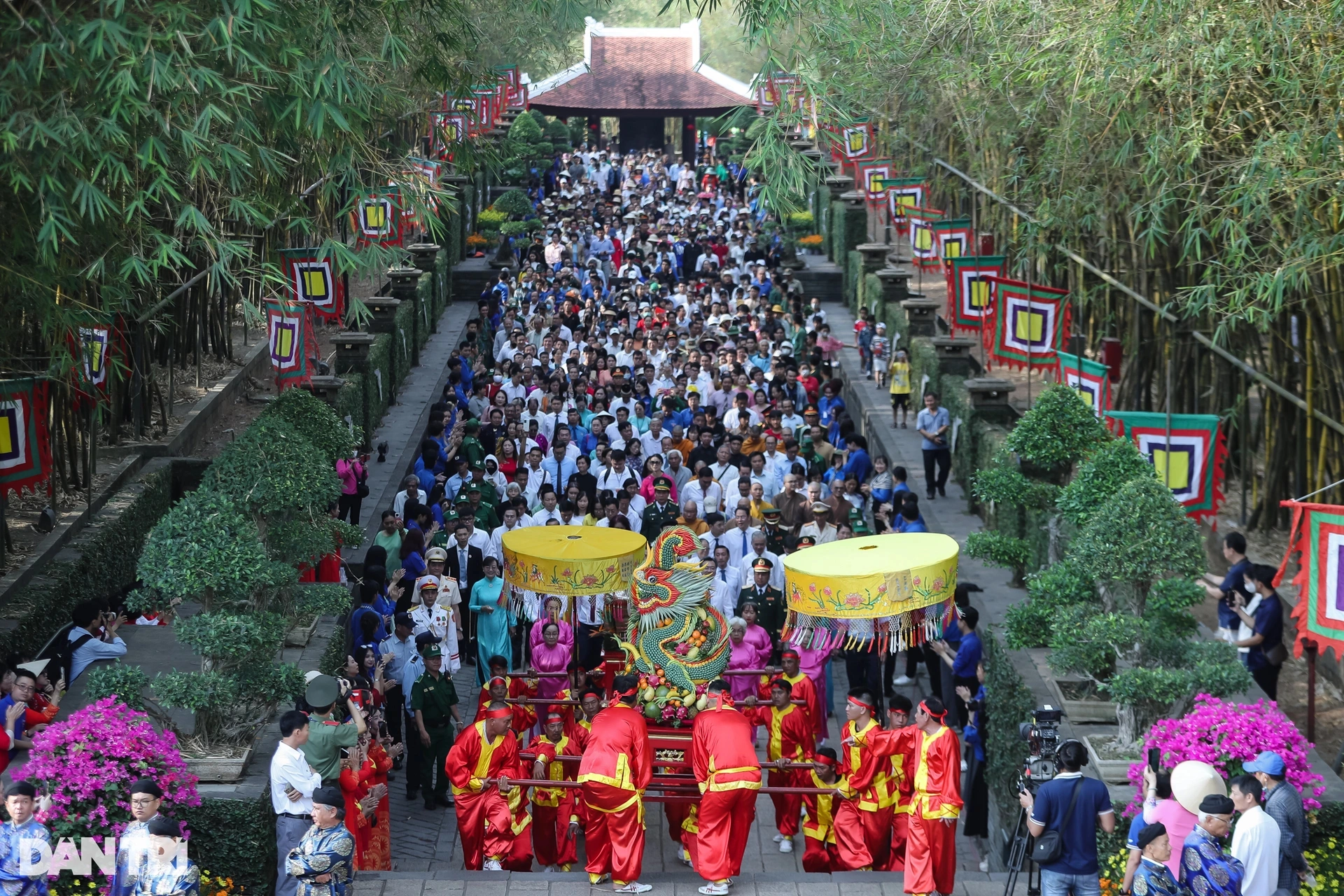
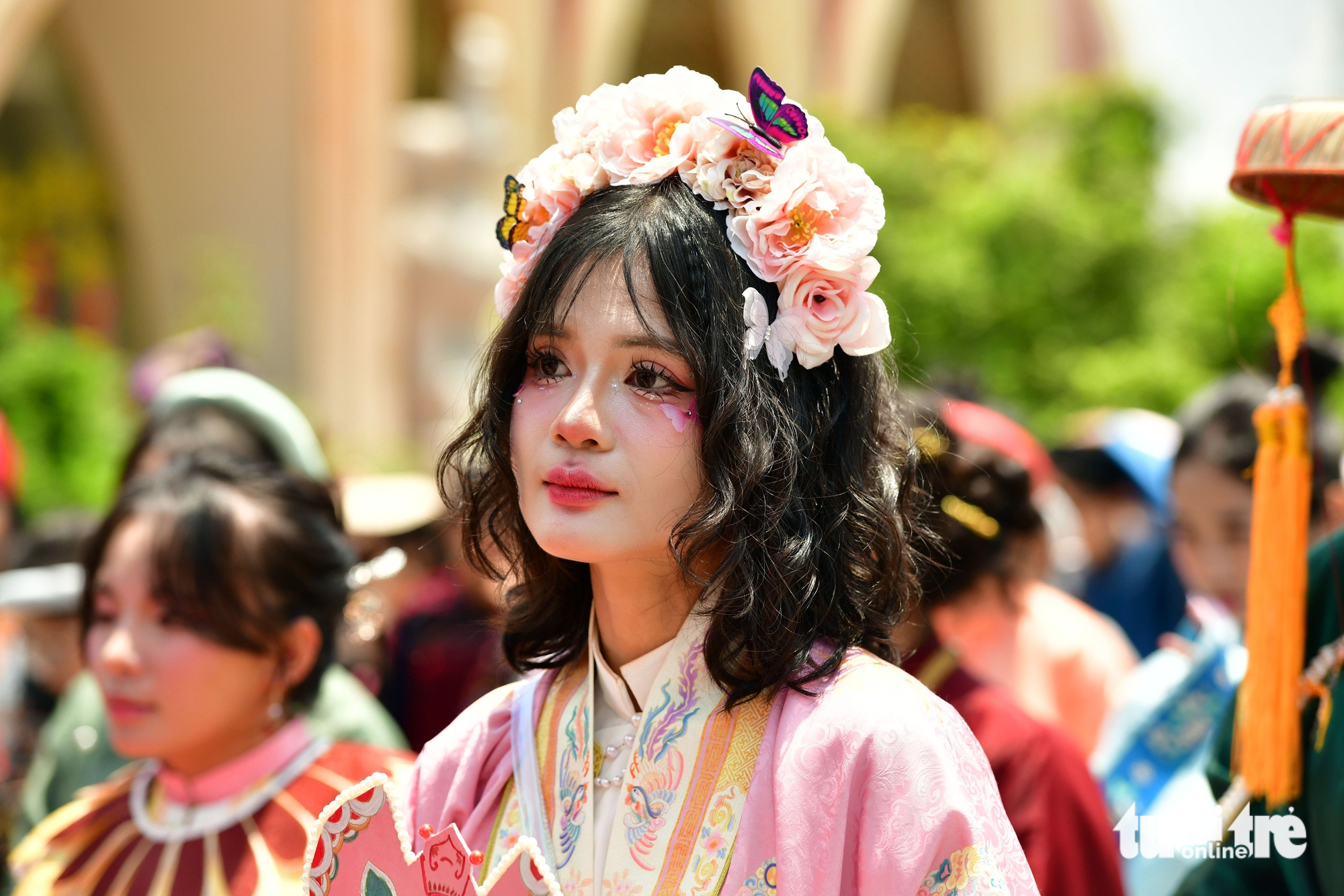

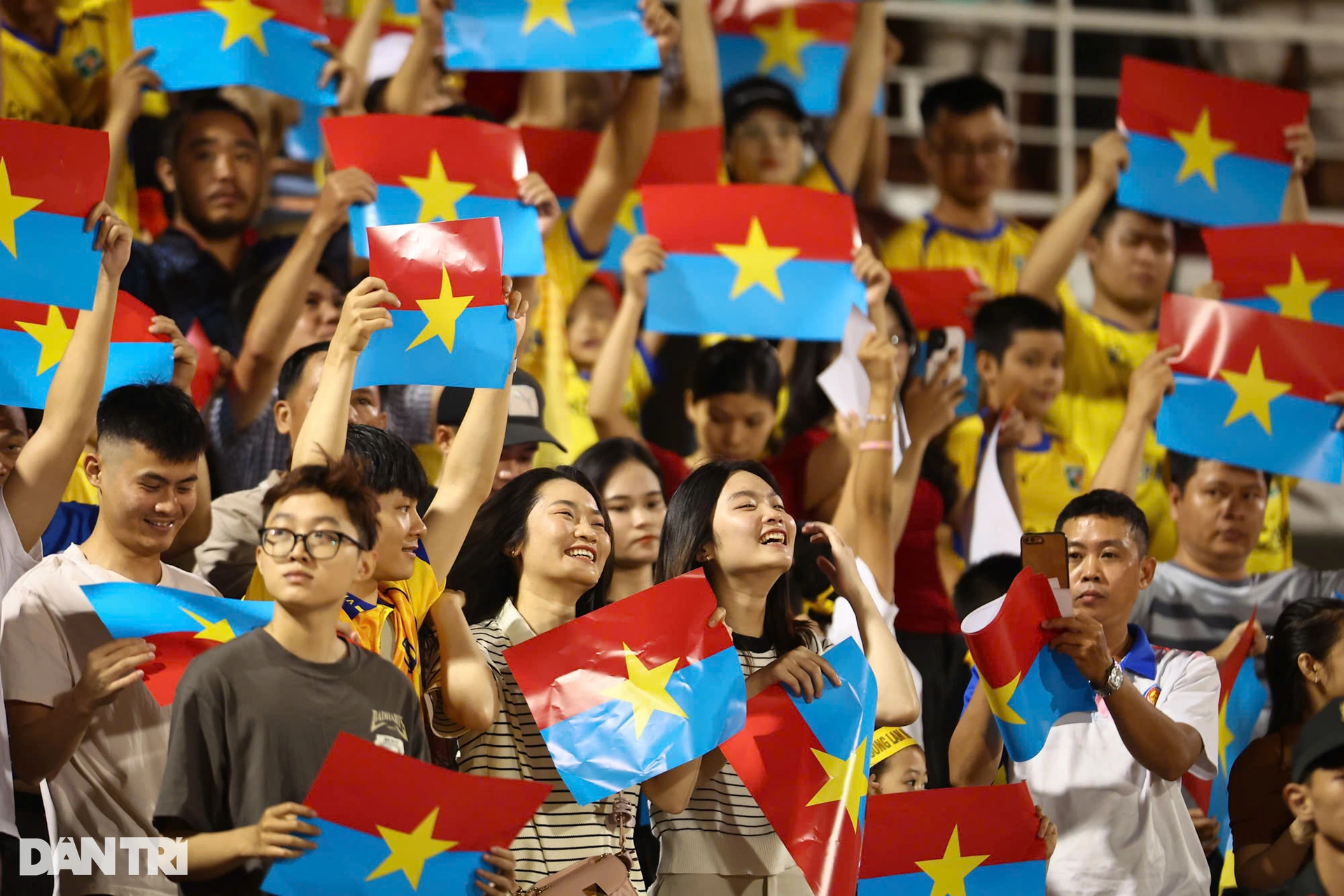
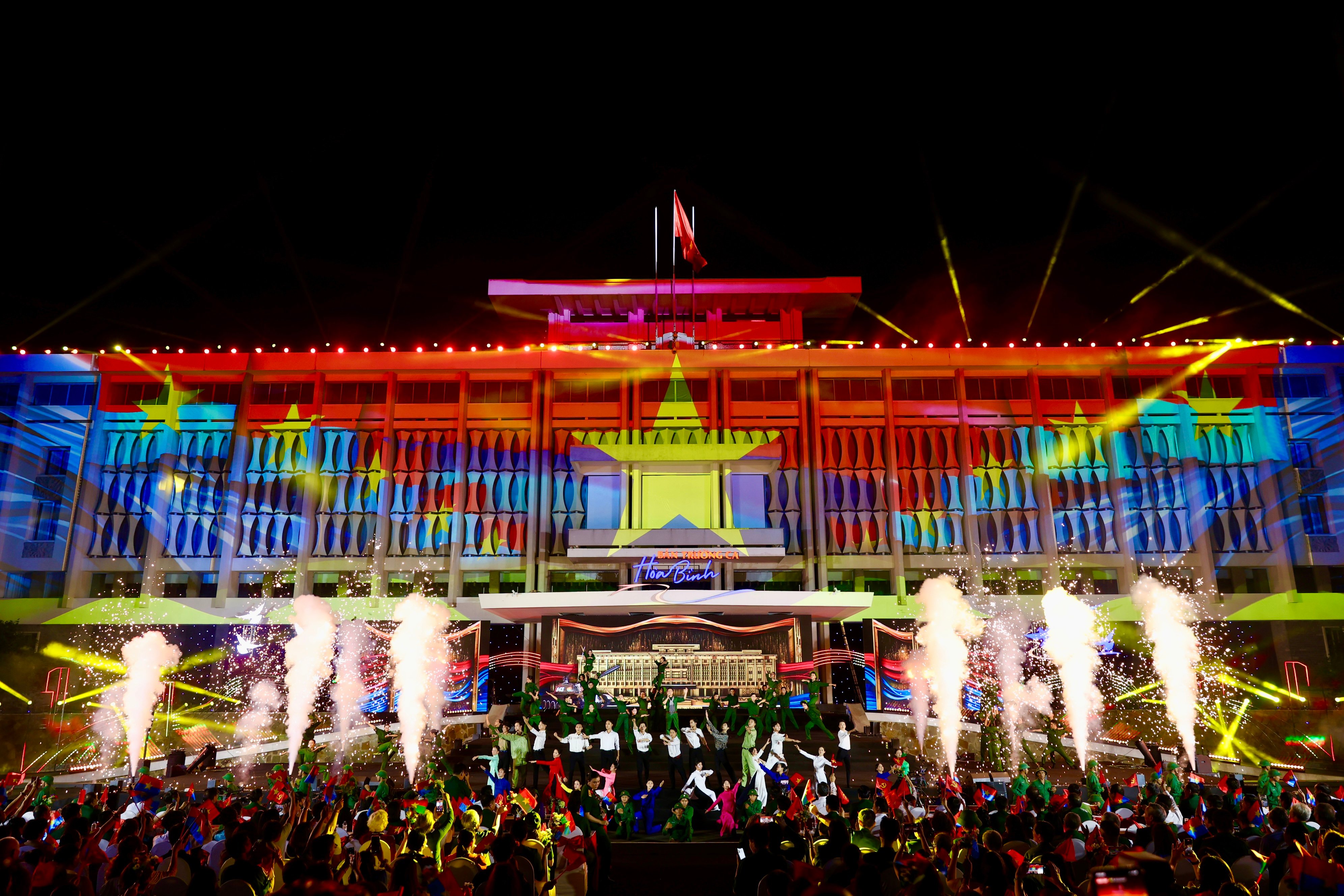
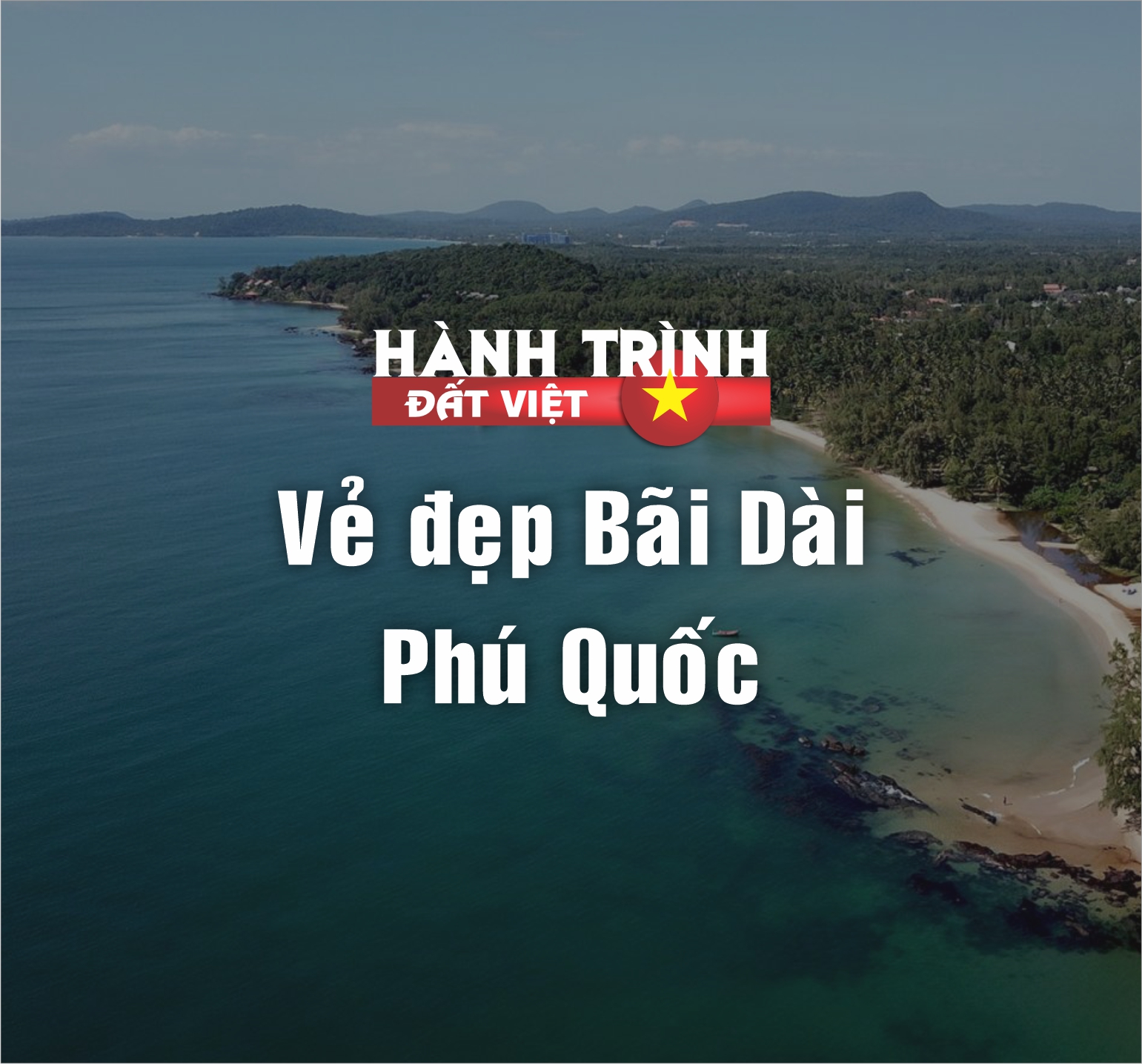




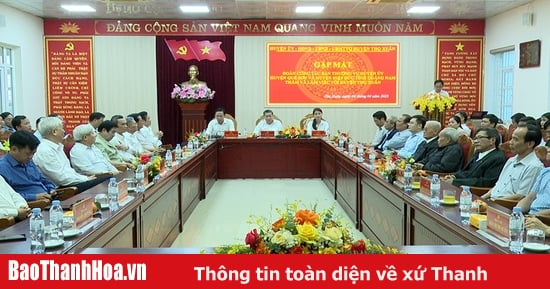






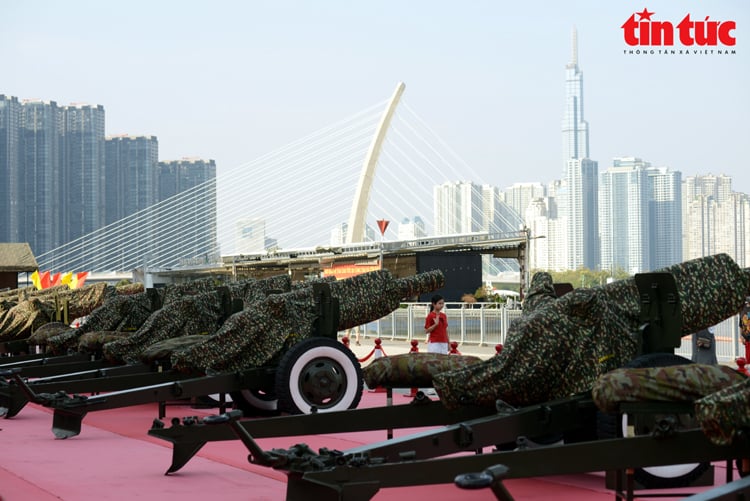
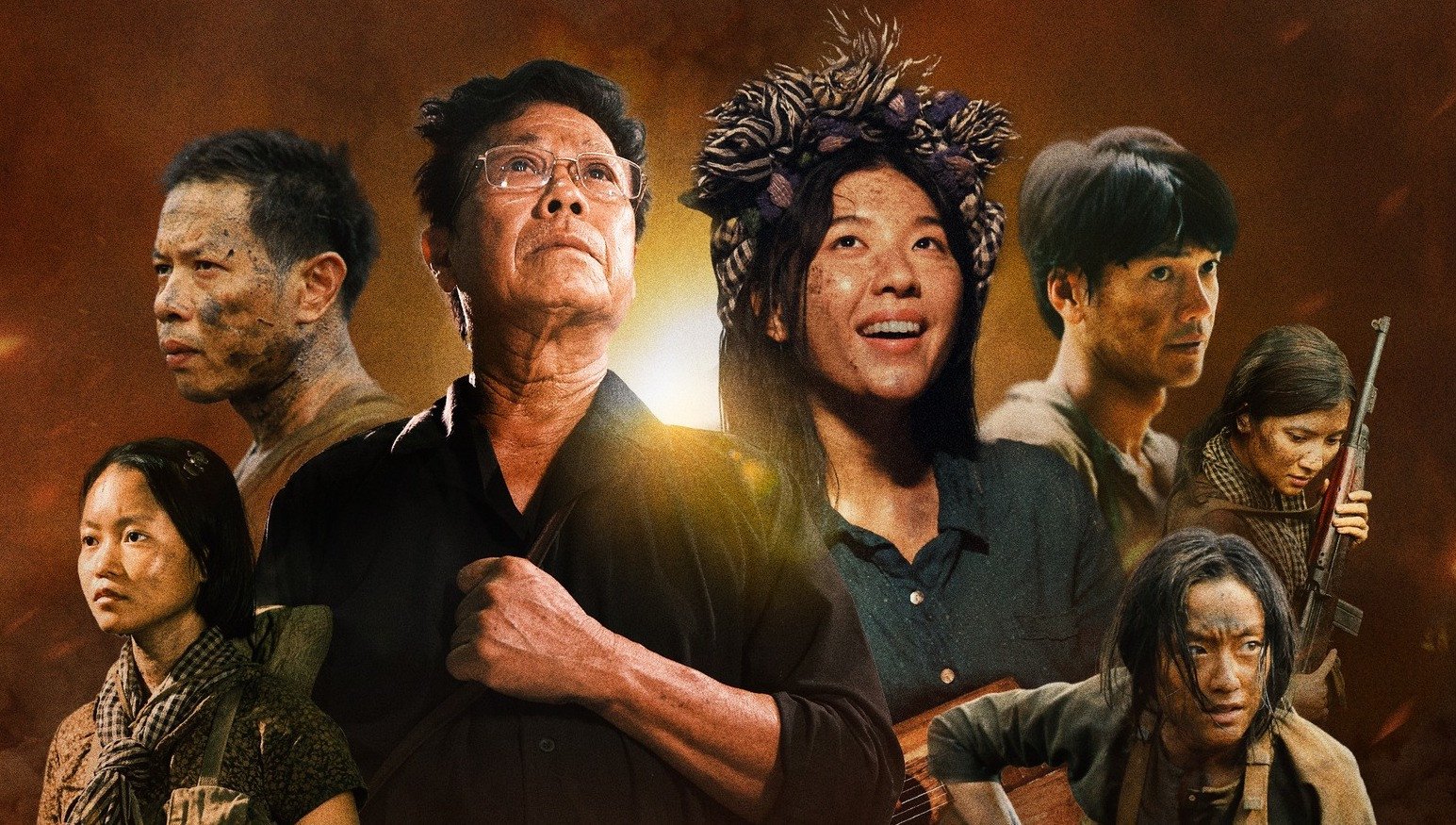

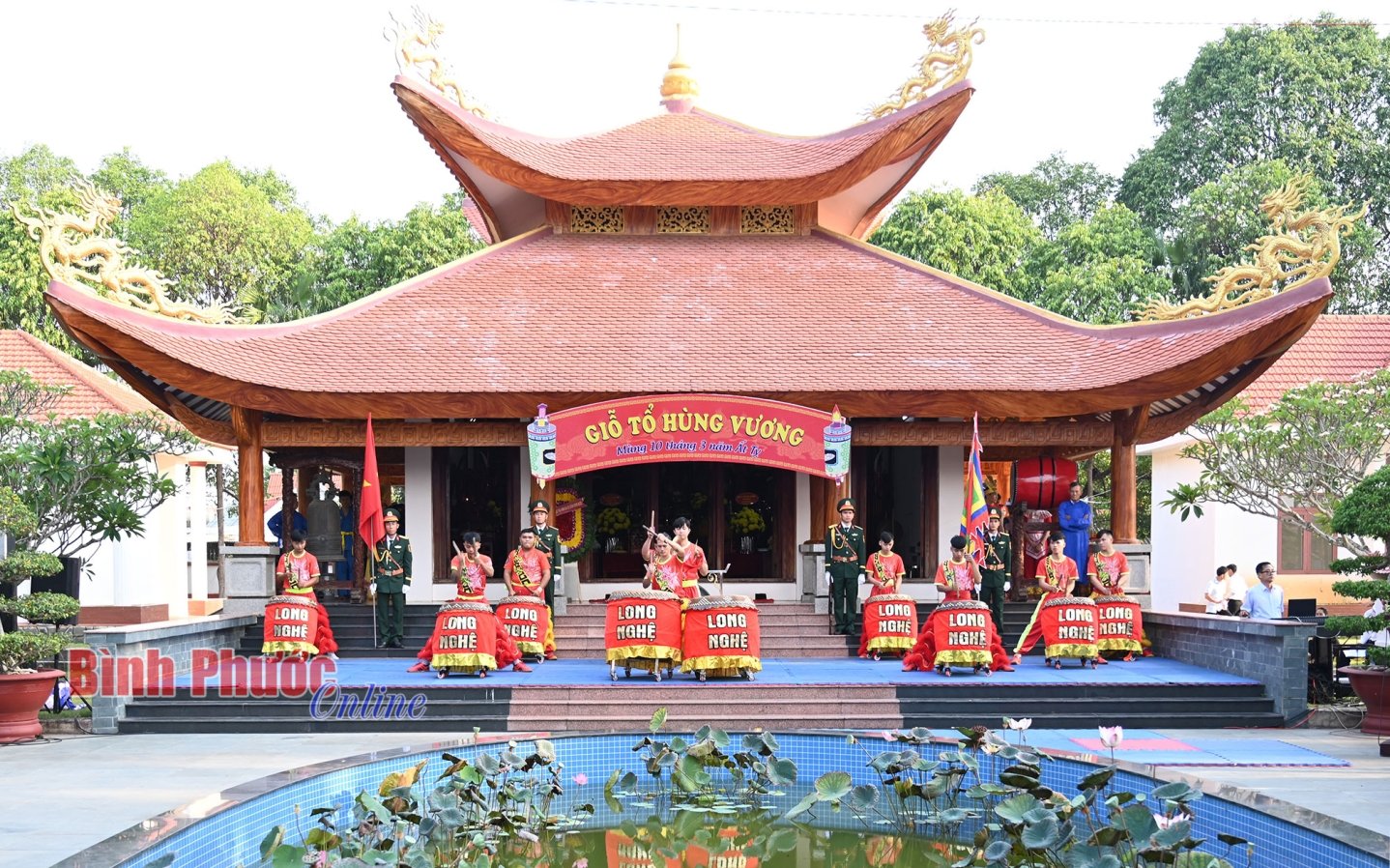




![[Photo] Vietnamese rescue team shares the loss with people in Myanmar earthquake area](https://vstatic.vietnam.vn/vietnam/resource/IMAGE/2025/4/6/ae4b9ffa12e14861b77db38293ba1c1d)

![[Photo] Solemn Hung King's Death Anniversary in France](https://vstatic.vietnam.vn/vietnam/resource/IMAGE/2025/4/6/786a6458bc274de5abe24c2ea3587979)

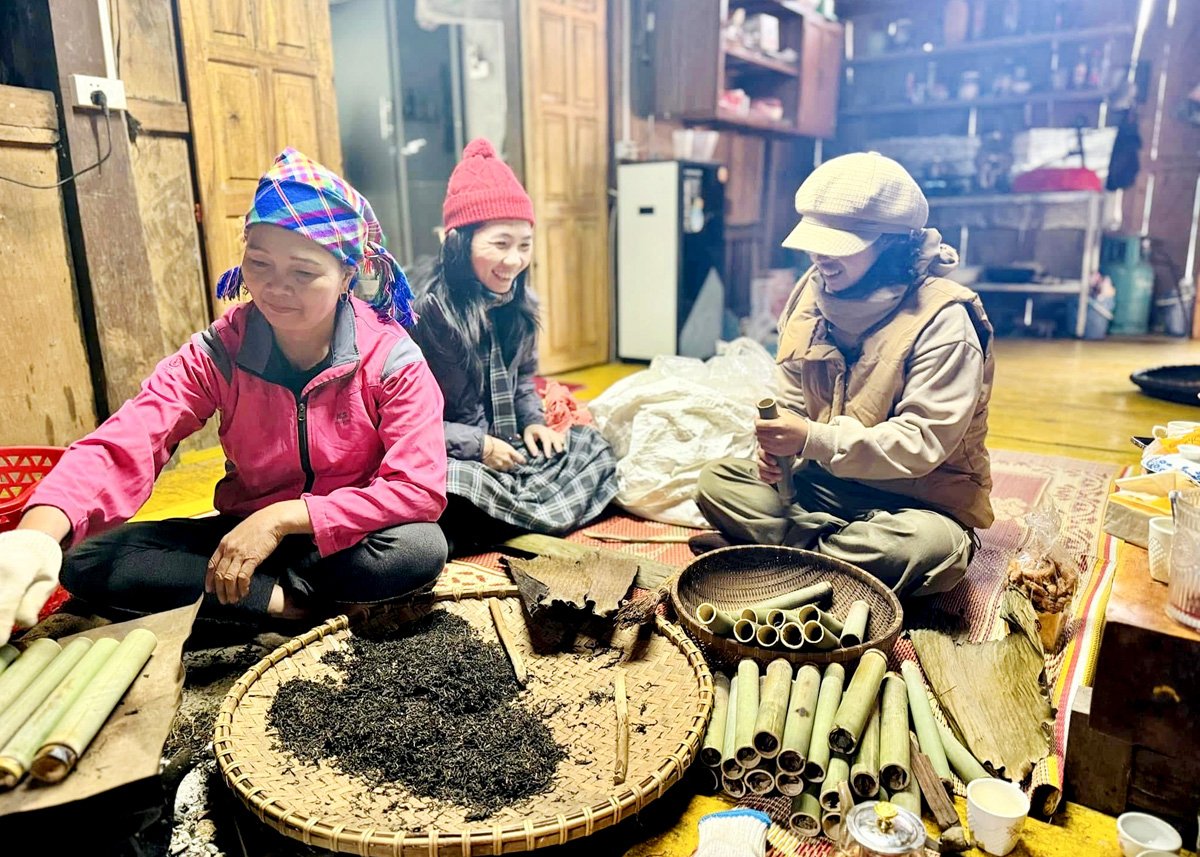

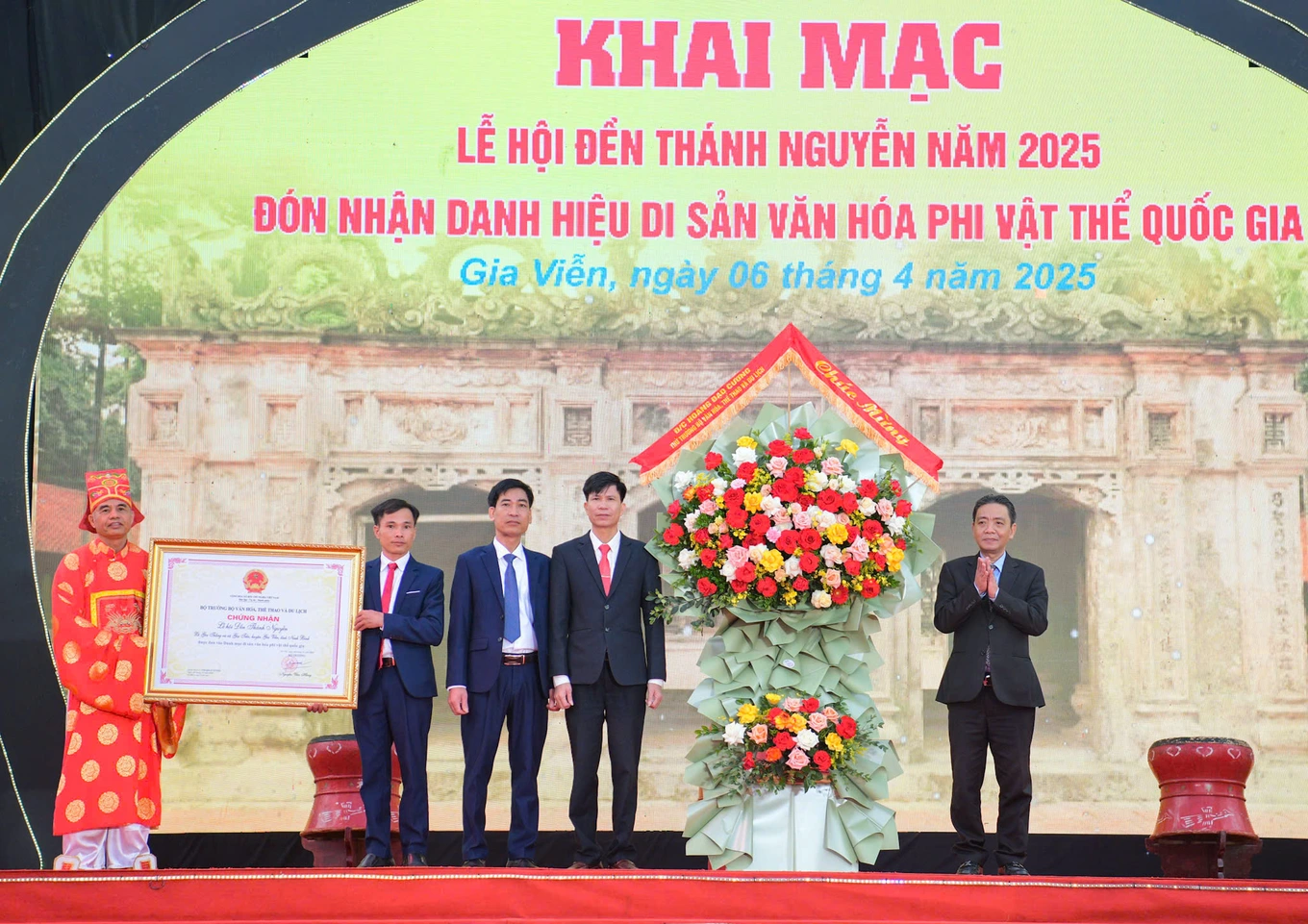



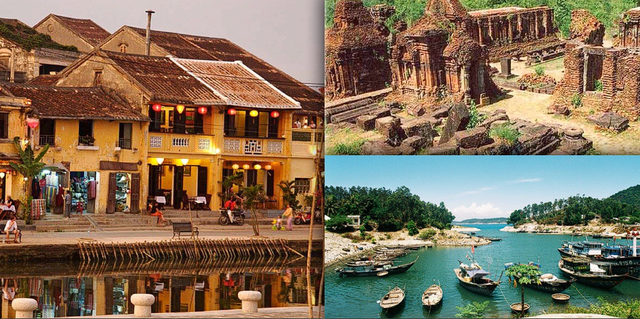

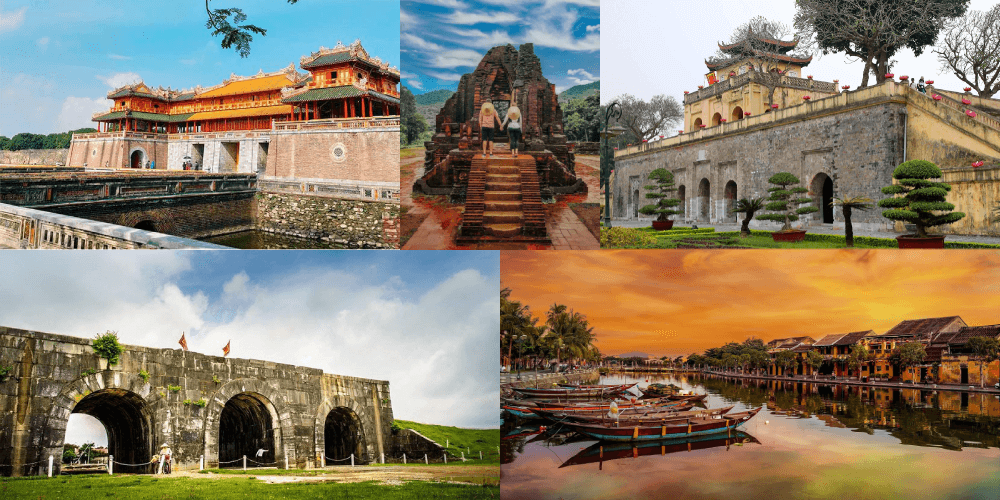





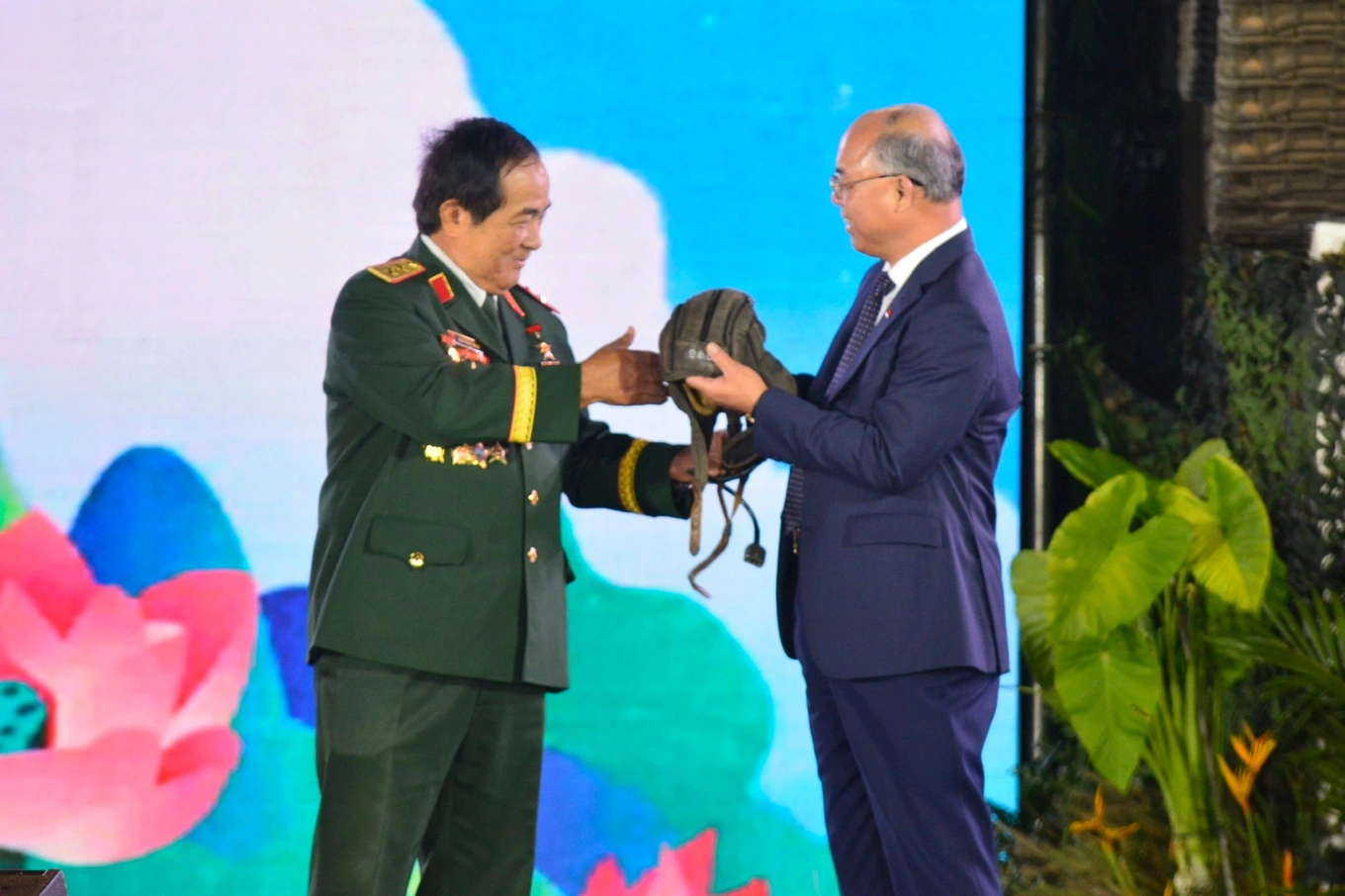
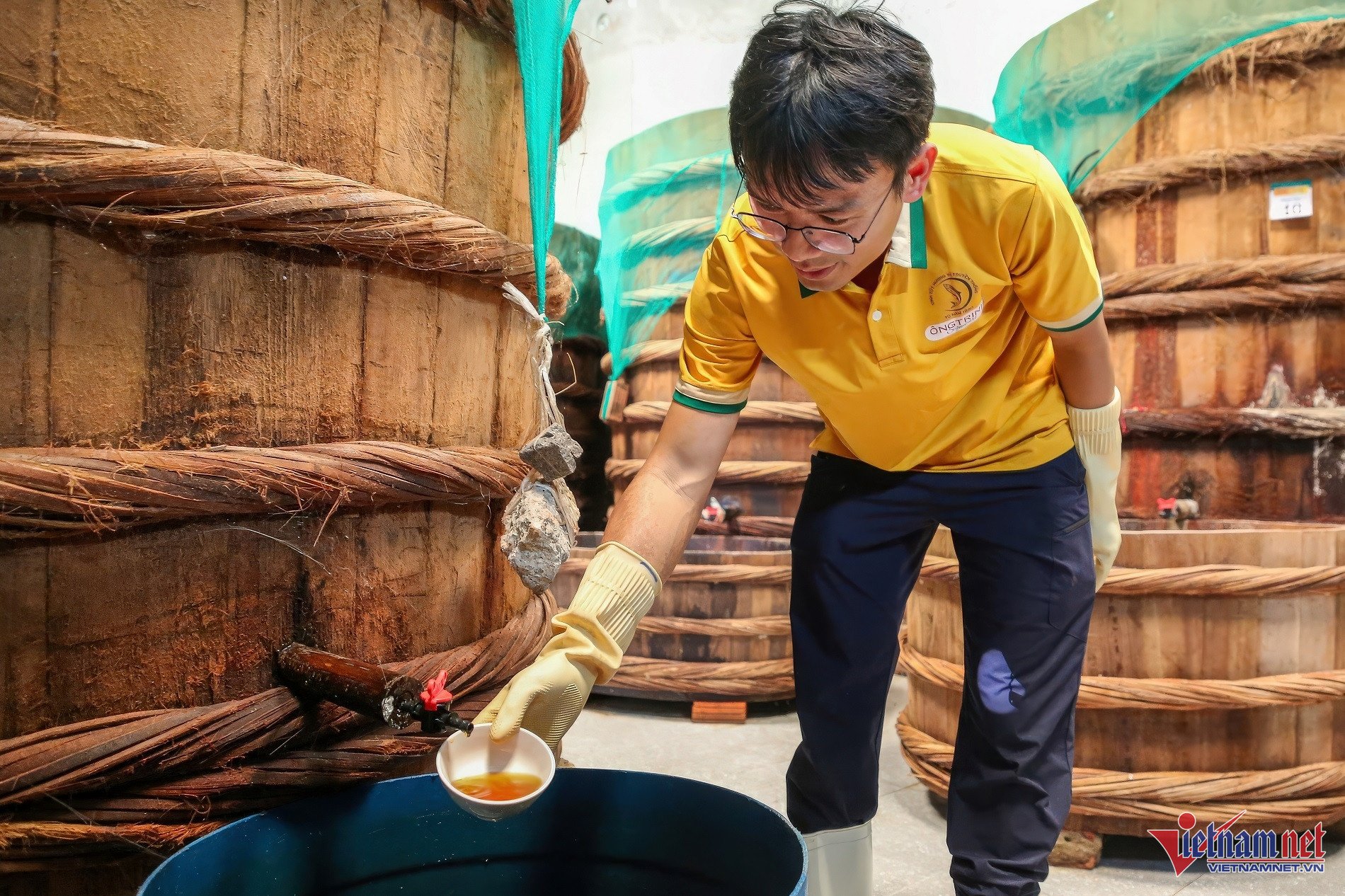








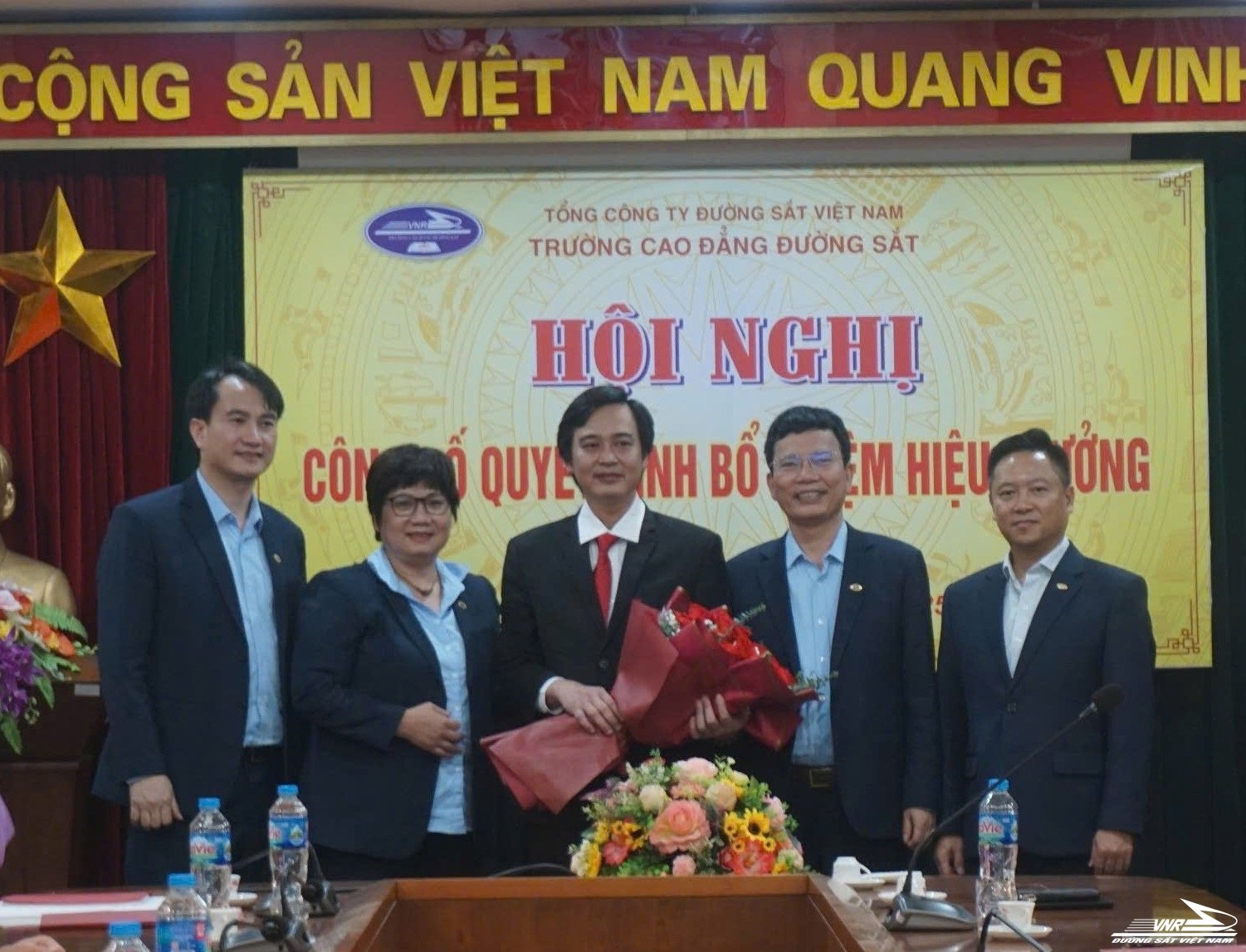
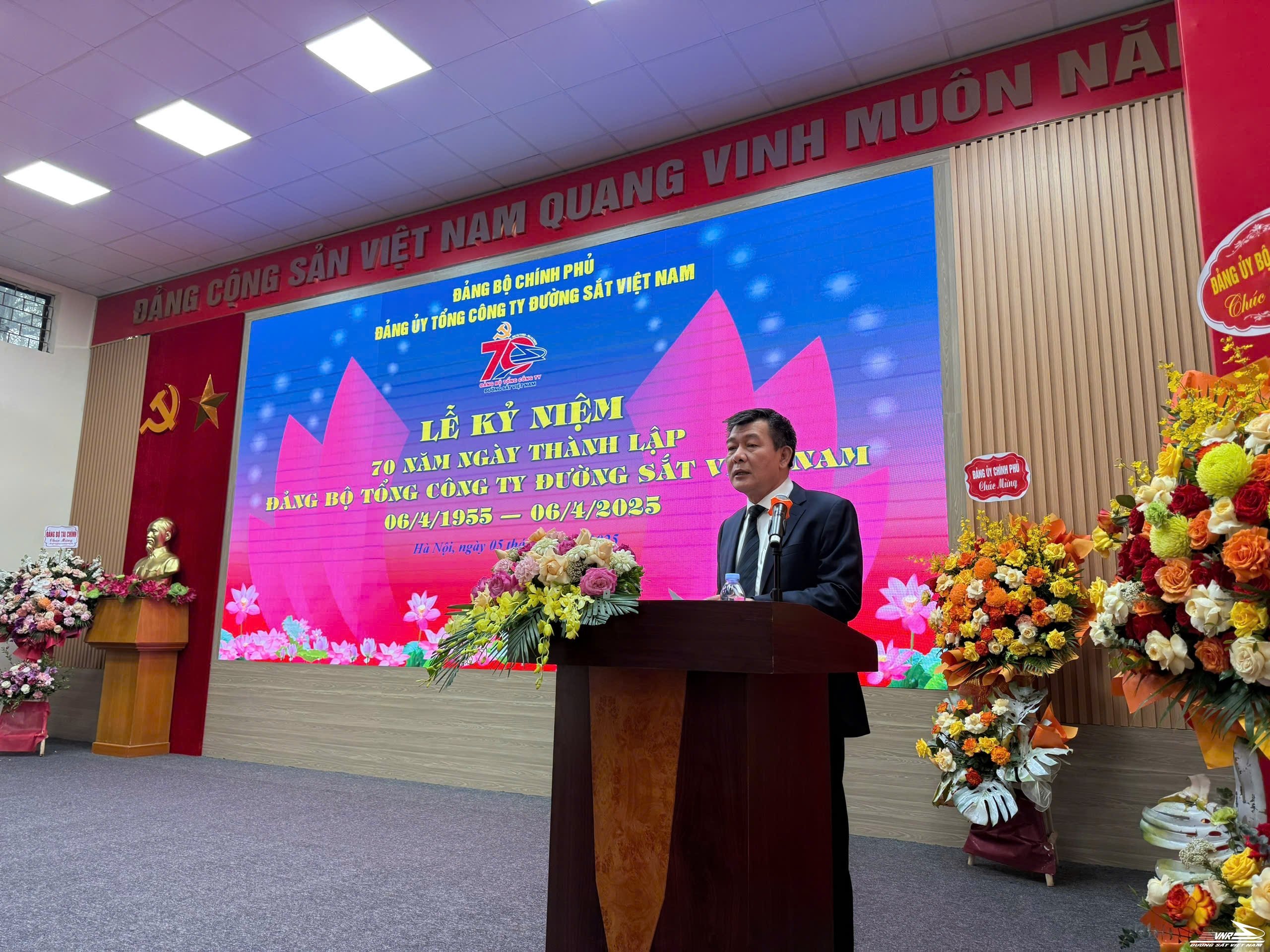


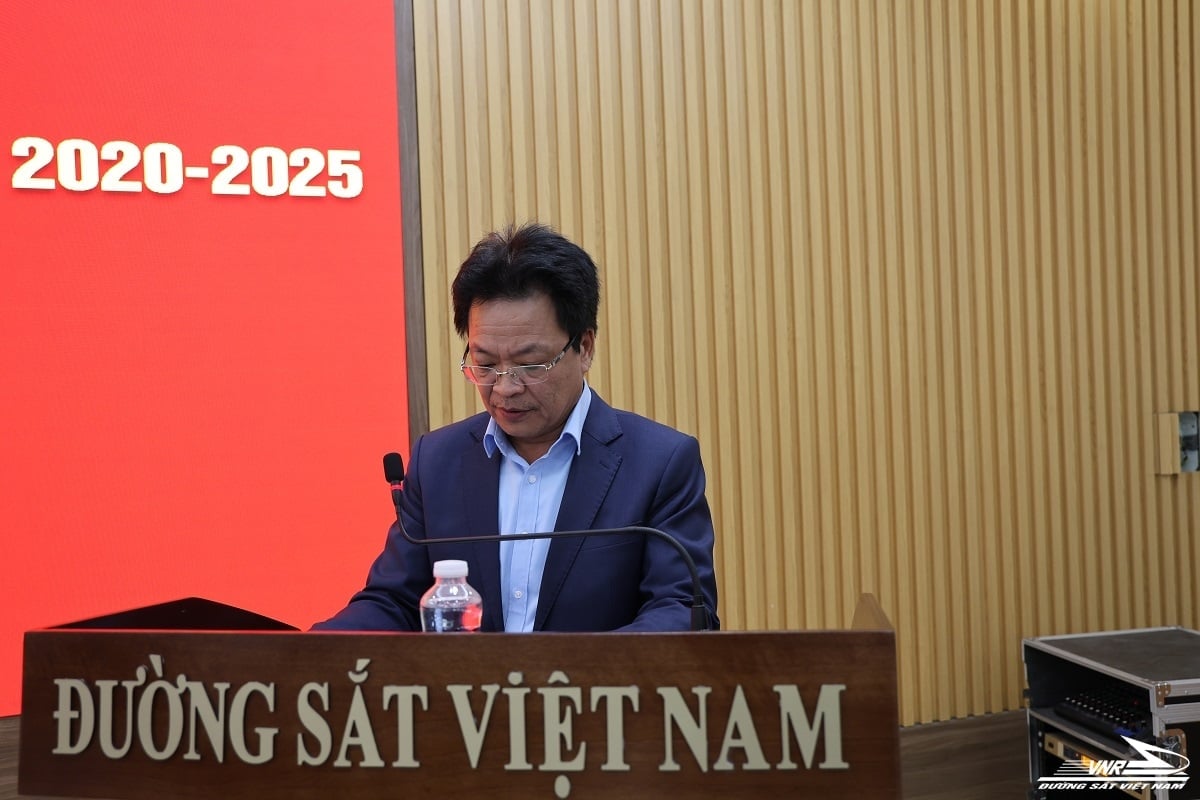
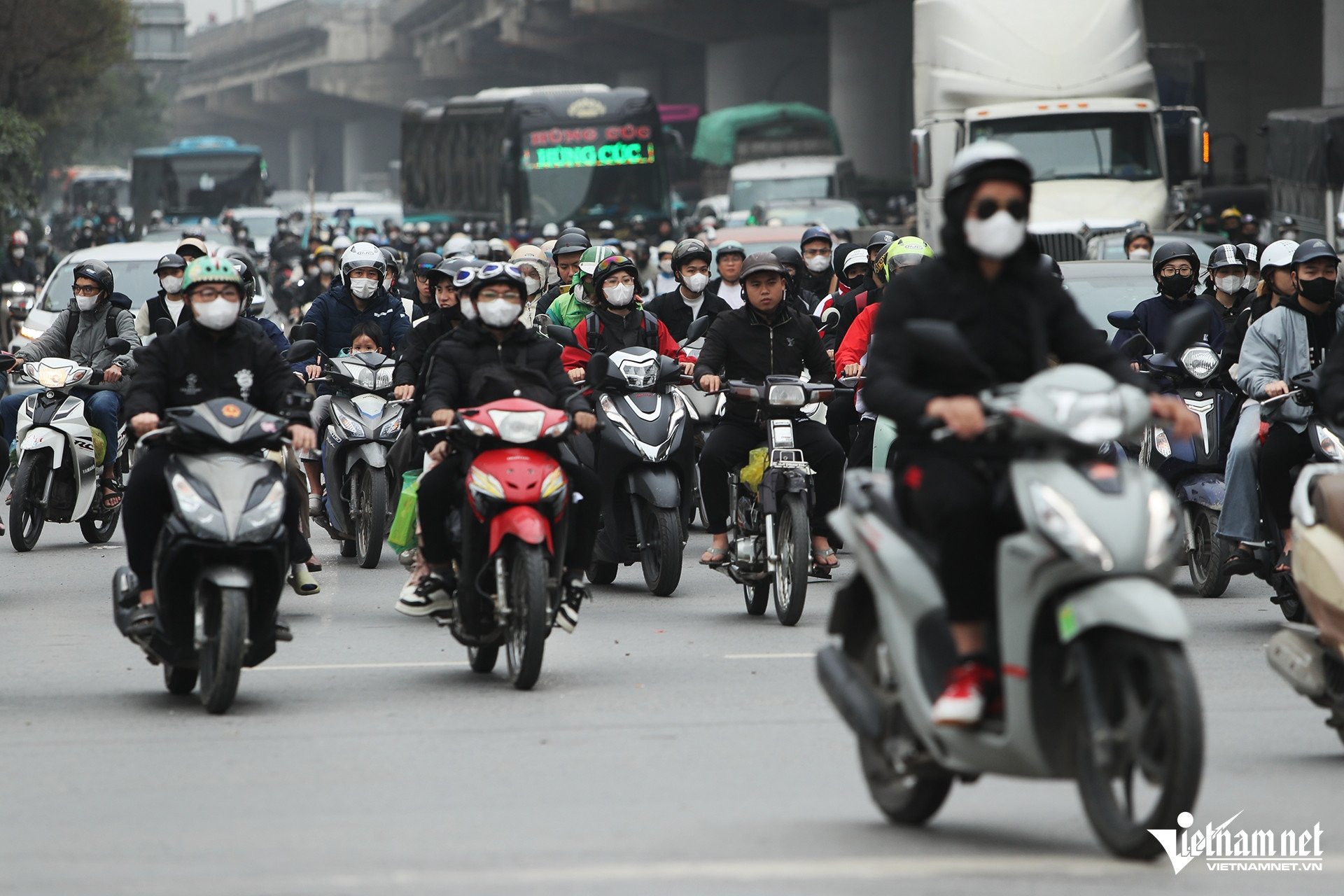






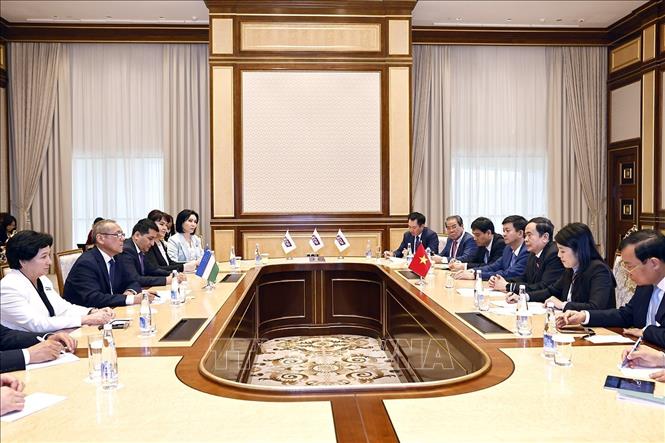











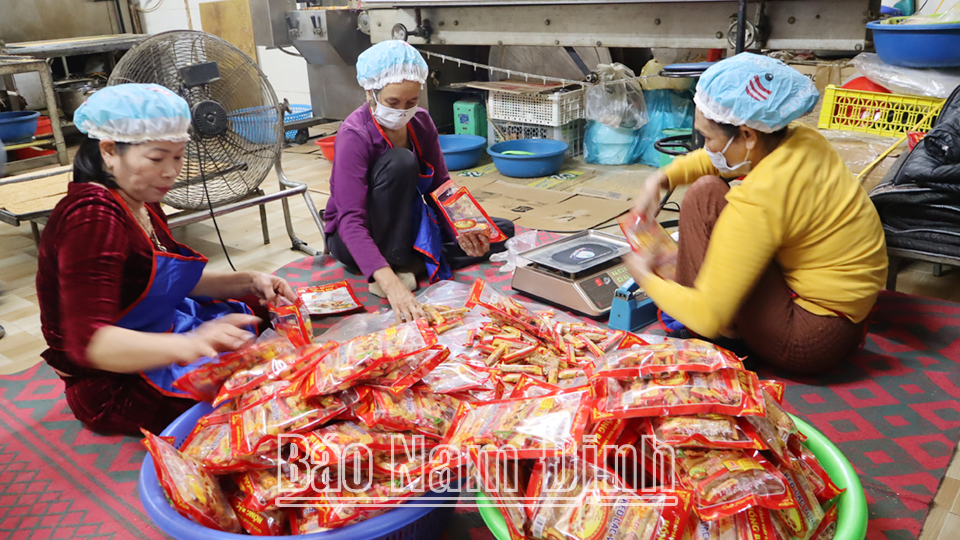





Comment (0)